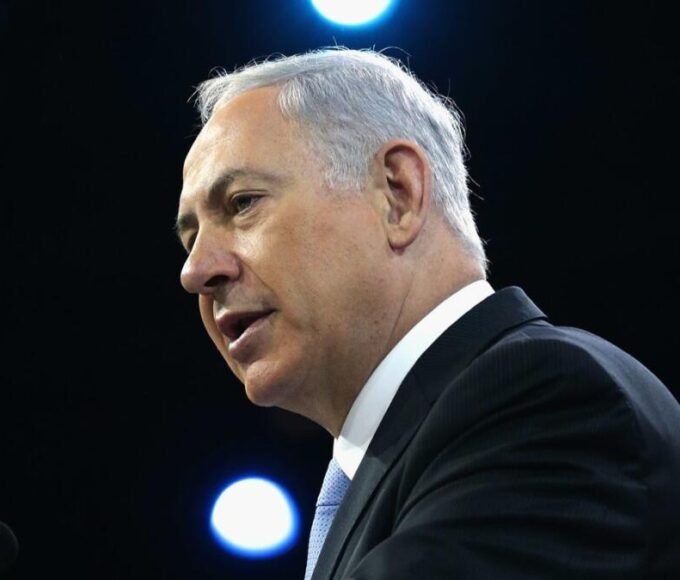Table of Contents
A Rising Storm Over Shared Waters
In August 2025, India issued a flood alert to Pakistan regarding anticipated increased water releases from the Sutlej River. The alert triggered sharp reactions in Pakistani media, which framed it as the opening salvo in a “water war,” renewing fears of a deepening crisis over the fragile Indus Waters Treaty (IWT). The unfolding situation has brought the ancient rivers that bind India and Pakistan into the spotlight once more—highlighting the precarious balance between cooperation and conflict in this vital transboundary water system.
The Indus Waters Treaty: A Fragile Lifeline
The Indus Waters Treaty, signed in 1960, has long been a cornerstone of water-sharing between India and Pakistan. Brokered by the World Bank, it allocated the waters of six rivers in the Indus basin between the two nations, aiming to prevent water disputes from escalating into armed conflict.
India controls the eastern rivers—Ravi, Beas, and Sutlej—while Pakistan manages the western rivers—Indus, Jhelum, and Chenab. For decades, despite wars and diplomatic tensions, the treaty stood resilient as a rare example of successful cooperation in a volatile region.
Flood Alert Sparks Tensions
The recent flood warning came as India planned controlled water releases downstream in the Sutlej, often necessary for dam maintenance and reservoir management during the monsoon season. However, Pakistan’s media and political circles portrayed this as a deliberate act of aggression, escalating rhetoric and stirring public concern about water security.
Reports in Pakistan suggested that such releases could flood farmlands, jeopardize lives, and disrupt irrigation, framing the move as a violation of the treaty and an existential threat.
The Reality Behind The Flood Alert
While floods cause natural anxiety, water management in shared river systems requires coordinated communication and data exchange. India’s flood alert is part of longstanding treaty provisions mandating bilateral notifications to prevent surprises. However, since April 2025, India has suspended routine data-sharing with Pakistan following Pakistan’s alleged support for terrorism, complicating trust and cooperation.
India’s actions such as reservoir flushing and off-season water releases have raised Pakistani fears, even though India insists that these are within treaty rights and necessary for dam safety.
The Sutlej River: Lifeline and Flashpoint
The Sutlej River is one of the five eastern rivers under India’s control. It is funneled into major canal systems supporting agriculture and communities in both countries. Changes in its flow directly affect millions downstream in Pakistani Punjab, intensifying the stakes of water management decisions.
The river’s waters sustain crops, livestock, and rural economies, making any disruption deeply impactful and politically sensitive.
Water as a Weapon? The Escalating Narrative
Labeling the flood alert as a “water war” signals a troubling shift in rhetoric. Across Pakistan, commentators warn of water being weaponized as a geopolitical tool aimed at weakening Pakistan’s agricultural heartland. This narrative feeds into broader anxieties about national security and resource independence.
Experts caution that such framing, while politically potent, risks inflaming tensions and undermining pragmatic dialogue needed to manage this shared resource sustainably.
Voices from Both Sides: Perspectives and Concerns
Indian officials highlight the need for maintaining dam safety and flood controls to protect lives on both sides. They stress that India does not wield water as a weapon and that releases are in line with treaty obligations.
Pakistani authorities, on the other hand, emphasize the lack of timely information and express concerns over unilateral decisions that, in their words, “threaten the livelihoods of millions.” They call for restoring data sharing and trust-building mechanisms critical to water diplomacy.
The Challenge of Climate Change
Beyond politics, changing climate patterns exacerbate water management challenges. Increased rainfall intensity, glacier melt, and unpredictable monsoon patterns complicate already delicate river flows, demanding close cooperation to manage floods and droughts alike.
Both countries face immense pressure to modernize infrastructure, adopt scientific forecasting, and jointly mitigate environmental risks, yet geopolitical conflicts often hinder collaboration.
The Way Forward: Dialogue and Cooperation
Restoring the flow of information and resuming joint inspections under the Permanent Indus Commission are urgent priorities. Experts argue that transparent communication, technical cooperation, and strengthening treaty mechanisms are essential to prevent misunderstandings.
Water sharing, by nature, requires sustained engagement based on mutual respect. The recent disruptions reveal the high cost of political conflicts on practical water governance.
Water and Peace: A Delicate Dance
Water has the power to divide but also to unite. Across the Indus basin, communities depend on its rhythms for survival, celebrating its bounty and mourning its excess. The Indus Waters Treaty, despite recent strains, remains a beacon of hope.
Efforts to revive the treaty’s spirit and modernize its framework could transform shared challenges into cooperation, fostering peace rather than conflict.
Conclusion: Rivers That Bind, Not Break
India’s flood alert and Pakistan’s reaction bring to the fore the complexities of managing shared resources amidst geopolitical strains. The tension surrounding the Sutlej and the Indus Waters Treaty serves as a reminder of the inseparable link between natural resources and regional stability.
In this sensitive game of diplomacy, avoiding the trap of escalating fears and focusing on collaboration could ensure the rivers remain a source of life and prosperity—not conflict.
Read More: Trump’s Bold Tweet Ignites Global Trade Debate and US Isolation Talks










Leave a comment